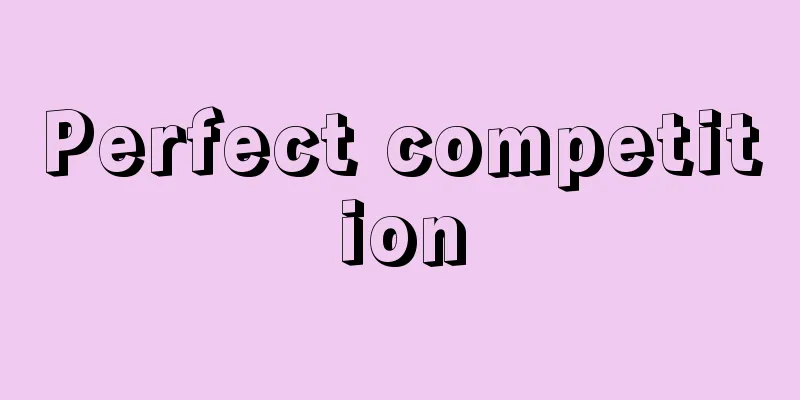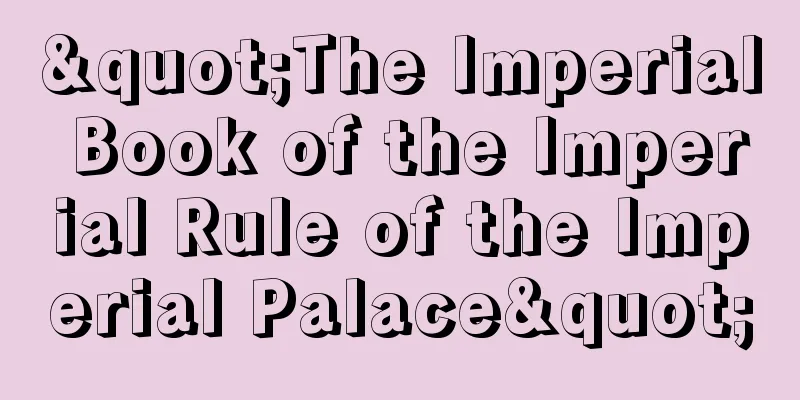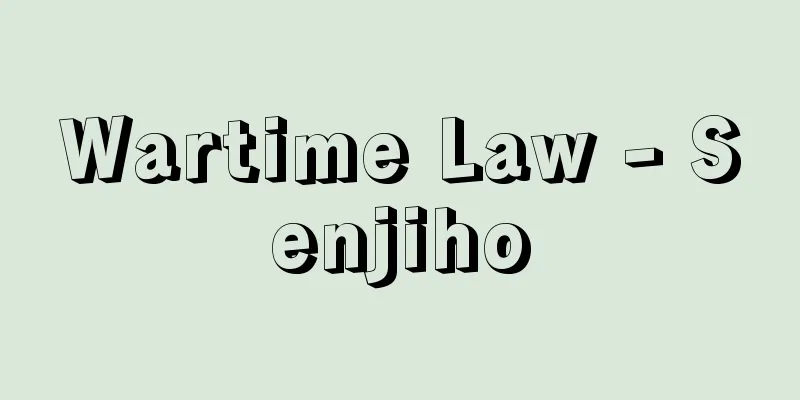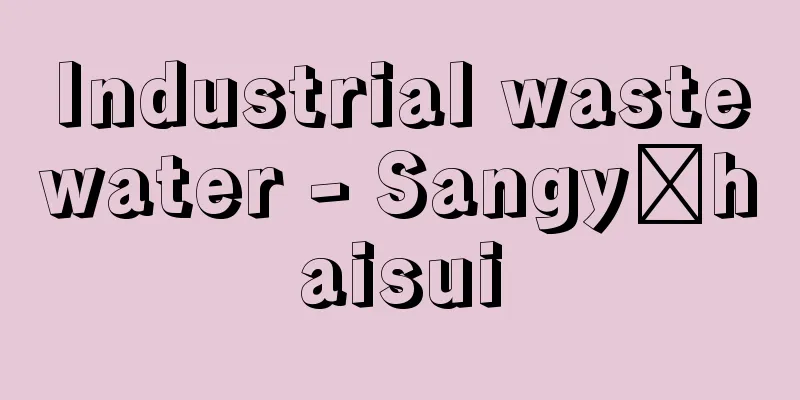Perfect competition

|
This refers to a market situation in which there are a large number of demanders and suppliers in the market, and they cannot change the market price by changing their own demand or supply. In a perfectly competitive market, each demander or supplier can demand or supply as much as they want at the market price. This means that the amount of goods bought and sold by each demander or supplier is extremely small compared to the total amount in the market. For perfect competition to exist, further conditions are necessary, such as the goods being bought and sold are homogeneous and there is no product differentiation (distinguishing a good from other goods by design, quality, etc., apart from its inherent function), demanders and suppliers can freely enter or exit the market, and both demanders and suppliers have perfect information about the market price. Perfect competition is an assumption necessary for conducting economic analysis, but such a market does not actually exist. For example, the analysis of commonly used downward sloping demand curves and upward sloping supply curves is based on the assumption of a perfectly competitive market. In a perfectly competitive market, companies are free to enter and exit, so it can be shown that excess profits of companies disappear in the long run, or that optimal allocation of resources, i.e., Pareto optimum, is achieved. In addition, agricultural product markets and foreign exchange markets, which have similar products and a large number of suppliers and demanders, are sometimes considered to be approximately perfectly competitive markets. [Koichi Hatanaka] [Reference] | |Source: Shogakukan Encyclopedia Nipponica About Encyclopedia Nipponica Information | Legend |
|
市場に需要者と供給者とがきわめて多数存在していて、彼らが自らの需要量または供給量を変化させることによっては市場価格を動かすことができない場合の市場状況をいう。完全競争市場では、個々の需要者あるいは供給者は市場価格で自らの望むだけの量をいくらでも需要したり供給したりすることができる。このことは、個々の需要者・供給者の売買する量は市場全体の量と比較するときわめて少ないことを意味している。完全競争が成立するためには、さらに、売買される財は同質であって製品差別化(財本来の機能とは別の、デザイン、品質などで他の財と区別すること)が存在しない、需要者・供給者は自由に市場に参入あるいは市場から退出することができる、需要者も供給者も市場価格について完全な情報をもっている、などの条件が必要である。 完全競争は、経済分析を進めるうえで必要な一つの仮定であって、現実にそのような市場が存在するわけではない。たとえば、通常使用される右下がりの需要曲線と右上がりの供給曲線の分析は、完全競争市場の前提のうえになされている。完全競争市場では企業の参入・退出が自由なので、企業の超過利潤は長期的には消滅してしまうこと、あるいは資源の最適配分、すなわちパレート最適が達成されること、などを示すことができる。 なお、同質的な商品に近く、供給者・需要者が多数である農産物市場や外国為替(かわせ)市場は、近似的に完全競争市場とみなされる場合もある。 [畑中康一] [参照項目] | |出典 小学館 日本大百科全書(ニッポニカ)日本大百科全書(ニッポニカ)について 情報 | 凡例 |
<<: Main line section - Main line section
Recommend
Iglesiente Mountains - Iglesiente Mountains
… [Nature] Geologically, Sardinia, along with the...
Ichikawa Yaozou (5th generation)
…(3) 3rd generation (1805-1870, Bunka 2-Meiji 3),...
Turnip rose - Turnip rose
…So, rather than sticking to the traditional syst...
Ibn al‐'Awwām
An Arab agronomist and botanist active in Seville,...
Genus Caragana - American Ants
…The pain caused by the sting of a fire ant is us...
Andreescu, I.
... The struggle against Academism began after 18...
Wurtz-Fittig reaction - Wurtz-Fittig reaction
…The Wurtz reaction itself is a symmetrical hydro...
whisky
Whisky is also broadly divided into four types: S...
Kiyoshi Wada
Born: November 15, 1890, Kanagawa [Died] June 22, ...
Puffinus
...They breed in large groups on islands near Jap...
Multiple art
…Translation of multiple art. Also called multipl...
Kineya Rokushiro (3rd generation)
[Born] 1874 [Died] 1956 Head of the Nagauta shamis...
Columbine - Golden daisy
...Because it is resistant to cold, if the seeds ...
Kühn, JG (English spelling) KuhnJG
…It is well known that the German botanist Heinri...
In Judgement - Zaihan
[Noun] (Suru) 1. A copy of an ancient document, et...









